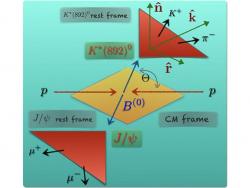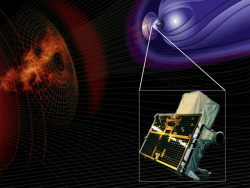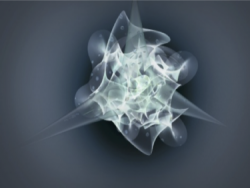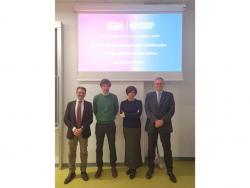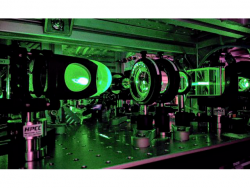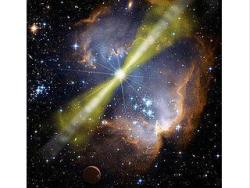- Home
- Dipartimento
- Ricerca
- Didattica
- Post Lauream
- Trasferimento della conoscenza
- Come fare per
Modello Standard e Oltre

Quantum field theory marries quantum mechanics and relativity.
The Standard Model is the quantum field theory of the fundamental interactions and the cornerstone of our understanding of fundamental physics. It is the most successful theory in the history of physics with an astounding agreement with the data. It has been put to the test for many years and is currently studied in various experiments worldwide.
The Standard Model is based on a local gauge symmetry principle. The corresponding gauge fields are responsible of mediating the interactions, while the matter content is described by the fields of the fundamental building blocks of matter the Quarks and Leptons.
The mechanism of spontaneous gauge symmetry breaking provides the masses to the intermediate weak gauge bosons W and Z, responsible of the short-distance nature of weak interactions. This mechanism predicts the existence of a scalar spin-0 particle, the Higgs boson, which has been discovered in 2012 at the Large Hadron Collider (LHC) of CERN. The Higgs boson discovery has been a milestone for particle physics and the triumph of the Standard Model theory.
To search for possible deviations we compare the predictions of the Standard Model with those of alternative theories. Two main directions are under close scrutiny: the intensity frontier, in which rare events induced by weakly-coupled new physics are searched for, and the energy frontier, in which very heavy new states are potentially produced.
Info
Ultimo aggiornamento: 09-06-2025 - 12:43


